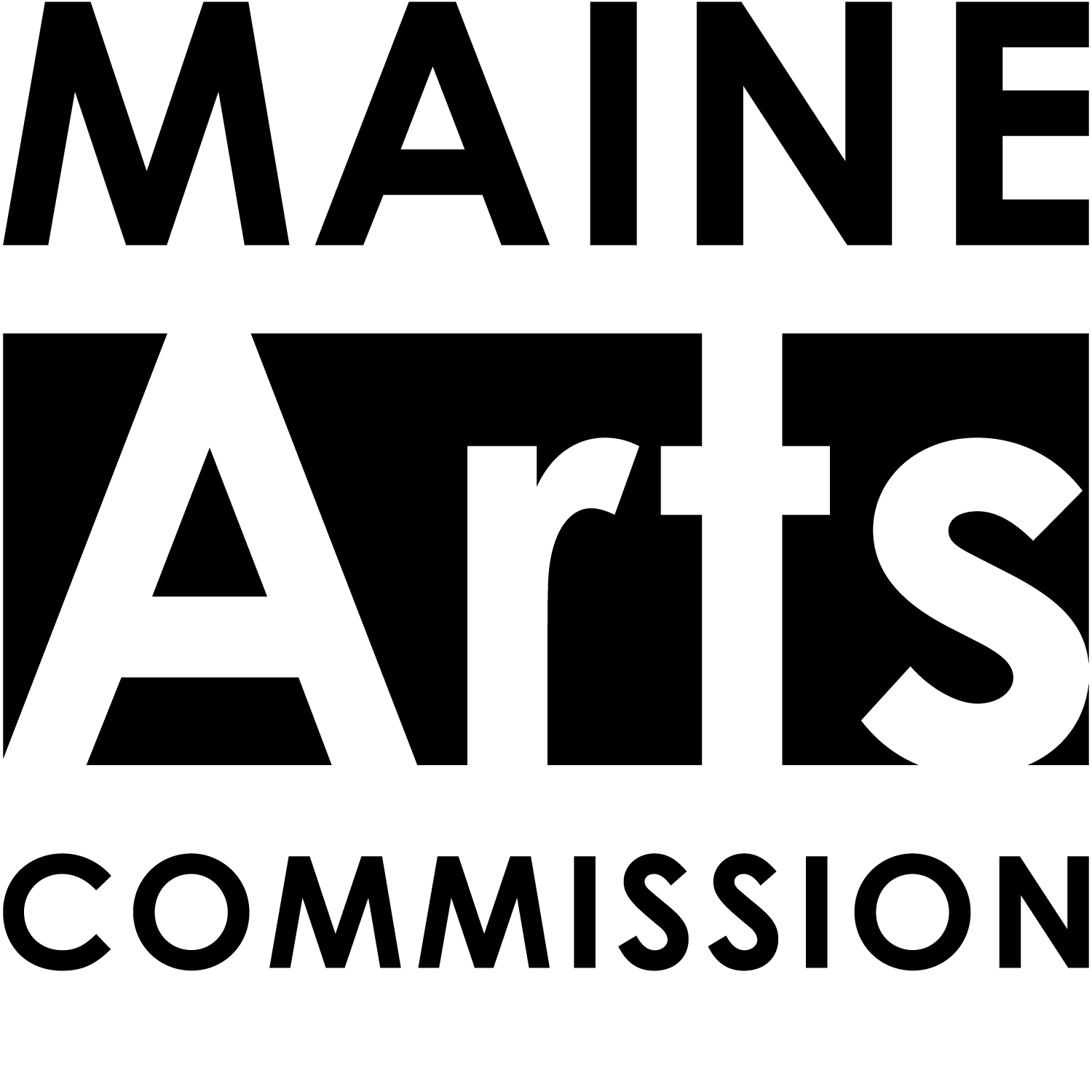
A Brief History of the Maine Arts Commission
Maine has been a leader in state support for the arts since 1933, when the Maine legislature created the Maine Art Commission, a three-member board appointed by the governor. The Commission advised the governor about the acquisition of works of art for state buildings and existed until 1965.
1964-65: Governor John Reed creates the Governor’s Council on Arts and Culture in Maine, which recommends the founding of an independent state agency, the Maine State Commission on the Arts and Humanities. It’s mission is to expand support for the arts in Maine, and it was one of only two agencies in the country dedicated to supporting freedom of artistic expression. At the same time, the National Foundation on the Arts & Humanities, parent to the National Endowment for the Arts, is created in Washington, D.C.
1970’s: The Commission becomes part of the new Department of Educational and Cultural Services (DOE). Federally funded humanities activities are separated from state government, and the private Maine Humanities Council is established to carry out the work formerly managed by the Commission. The Percent for Art Law is passed in 1979, and Maine Cultural Heritage Week is created.
1980’s: The Maine State Commission on the Arts and Humanities is renamed the Maine Arts Commission (MAC).
1990’s: The State’s four cultural agencies are removed from the DOE and linked together through the Cultural Affairs Council. The Commission’s focus shifts, making the artist the central figure in arts activities within communities. Despite financial cutbacks at the federal level, “Maine Communities in the New Century” legislation is passed to give the arts major public policy status for the first time at the state level.
2000’s: Governor Baldacci hosts the Blaine House Conference on the Creative Economy. This leads to the establishment of MAC’s Creative Communities=Economic Development program, supporting communities that bring together all business, government and cultural sectors to develop their community or region through the arts.
